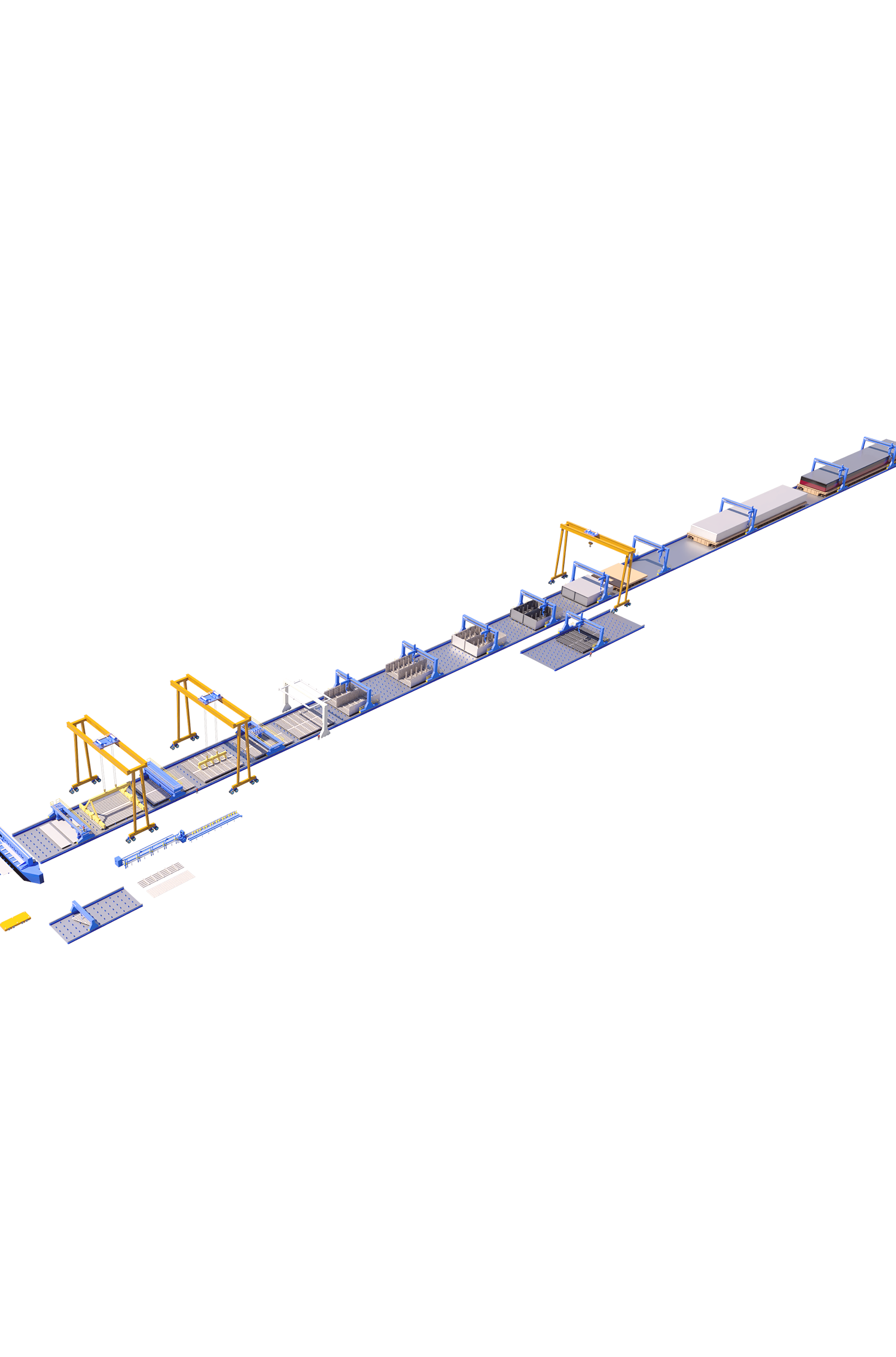









We design ships to be easier to produce, lowering costs and increasing throughput.
We build a small number of repeatable designs rather than custom one-offs.


We combine marine, automotive, aerospace, software and robotics engineering to solve complex problems.



















